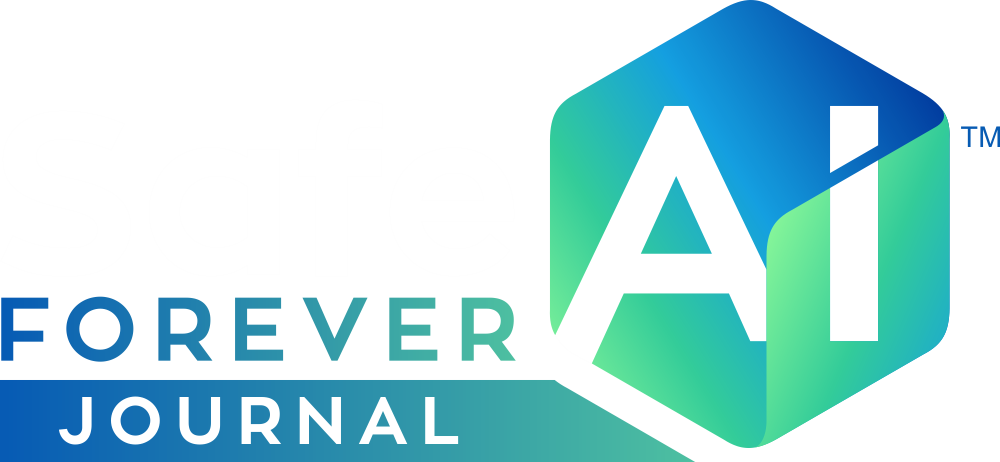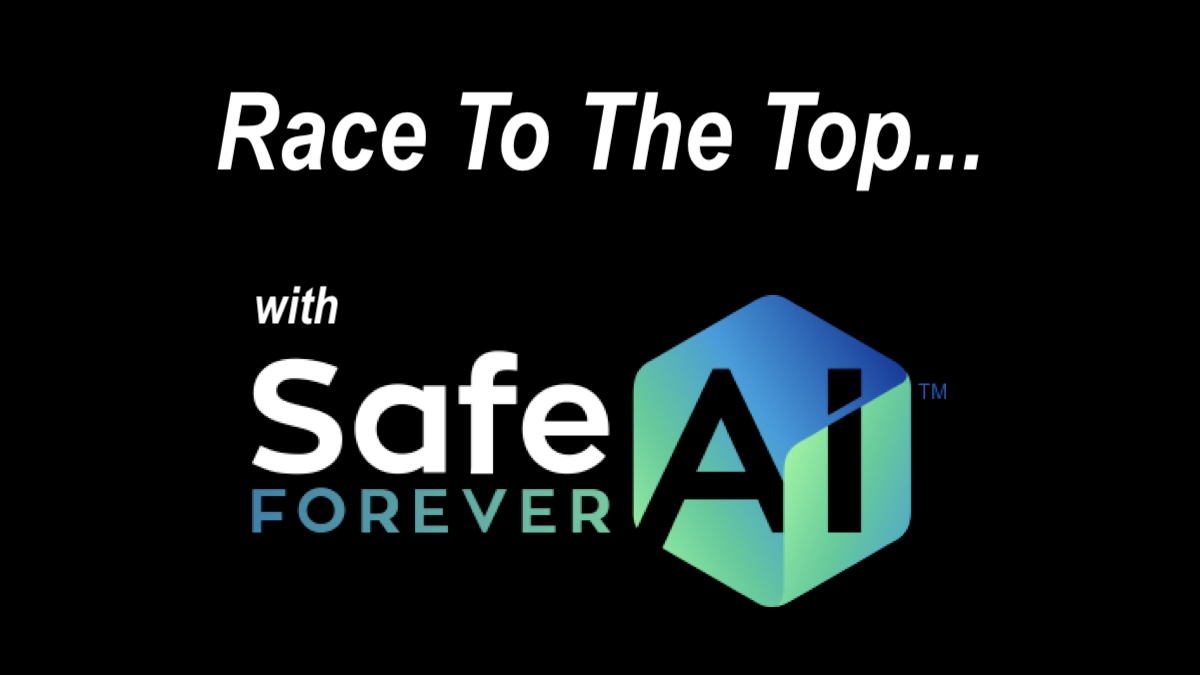Race To The Top with Safe AI Forever.
Executive summary covering California SB 813, the Multistakeholder Responsible Organization (MRO) concept, and their importance for achieving “Safe AI Forever.”
Executive Summary: SB 813, MROs, and the Pursuit of Safe AI Forever
Introduction:
The rapid advancement of Artificial Intelligence (AI) presents unprecedented opportunities alongside significant risks, including the potential for large-scale societal disruption or even existential threats. Ensuring the long-term safety and benefit of AI – achieving “Safe AI Forever” – requires proactive governance frameworks. California’s proposed Senate Bill 813 (SB 813) and the emerging concept of a Multistakeholder Responsible Organization (MRO) represent crucial steps in establishing such frameworks.
California Senate Bill 813 (SB 813): Establishing Legislative Guardrails
Introduced by Senator Scott Wiener and Assemblymember Josh Hoover (co-author Assemblymember McNearney), SB 813 proposes landmark legislation to establish safety standards for the development of large-scale AI models, often referred to as “covered models.” Key elements include:
Safety Certification: Requires developers of powerful AI models to make safety determinations, certifying that their models do not possess hazardous capabilities or ensuring adequate safeguards are in place before public release or significant updates.
Risk Assessment & Prevention: Focuses on preventing “critical harms,” encompassing potential large-scale negative impacts like facilitating weapons development, enabling cyberattacks, or widespread deception.
Independent Evaluation: The bill anticipates a role for independent third-party auditors or evaluators to potentially assess these safety determinations, adding a layer of objective verification.
Enforcement: Establishes mechanisms, potentially under the California Department of Technology, to enforce compliance and impose penalties for violations.
SB 813 aims to create a mandatory baseline for safety practices among developers of the most capable AI systems operating within or impacting California, fostering public trust and mitigating potential dangers without stifling innovation.
Multistakeholder Responsible Organization (MRO): A Governance Standard
Parallel to legislative efforts, the concept of a Multistakeholder Responsible Organization (MRO) is gaining traction, particularly among AI scholars and safety researchers. An MRO represents a proposed standard or framework defining the necessary structures, processes, and commitments an organization developing advanced AI should implement to be considered responsible. Key aspects of an MRO framework typically include:
Internal Safety Culture: Robust internal processes for risk assessment, red-teaming, and safety evaluations throughout the AI development lifecycle.
Commitment to Safety: Explicit organizational commitment to prioritizing safety, potentially including specific security protocols and incident response plans.
Transparency & Accountability: Mechanisms for internal and potentially external accountability regarding safety practices and model capabilities.
Alignment with Best Practices: Adherence to evolving industry best practices and safety research findings.
The MRO concept often emphasizes a private governance or co-regulatory model, where industry standards and certifications (potentially through MRO designation) could complement or fulfill requirements set by legislation like SB 813.
Importance for Safe AI Forever:
Both SB 813 and the MRO concept are vital components in the strategy for achieving long-term AI safety (“Safe AI Forever”):
Establishing Accountability: SB 813 introduces legal accountability for AI developers, ensuring that safety is not merely optional but a required aspect of deploying powerful AI.
Defining “Responsible”: The MRO framework provides a concrete definition and actionable standard for what constitutes responsible AI development practices within an organization.
Synergy: SB 813 provides the legislative “push” (the requirement to certify safety), while the MRO standard offers a potential “pull” mechanism (a recognized way for organizations how to structure themselves to meet safety goals and potentially regulatory requirements).
Building Trust & Norms: Together, they help build public trust by demonstrating concrete steps towards safety and establish industry norms that prioritize preventing catastrophic outcomes.
Proactive Risk Mitigation: By focusing on pre-deployment certification and responsible organizational structures, these initiatives aim to proactively identify and mitigate risks before they manifest, which is crucial for managing the potentially rapid and transformative impacts of future AI systems.
Conclusion:
SB 813 represents a pioneering legislative effort to mandate safety standards for high-impact AI development. The MRO concept offers a complementary standard for organizational responsibility. Together, they form a crucial part of the multi-faceted approach needed to guide AI development towards a safe and beneficial future, laying the groundwork for the ambitious goal of “Safe AI Forever.” Their successful implementation could set a precedent for AI governance globally.
Learn more:
- McNerney Introduces Bill To Establish Safety Standards For Artificial Intelligence While Fostering Innovation MARCH 26, 2025
- SB-813 Multistakeholder regulatory organizations.(2025-2026)
- Prominent AI Scholars Back Private Governance Model in California. Fathom finds, builds, and scales the solutions needed for our transition to a world with AI. NEWS PROVIDED BY Fathom AI Inc.
- California SB 813 Proposes Landmark Safe Harbor for AI Development Through Certification. This bill seeks to provide a blueprint for agile, standards-based governance designed to keep pace with AI advancements while enhancing U.S. competitiveness and societal trust.


